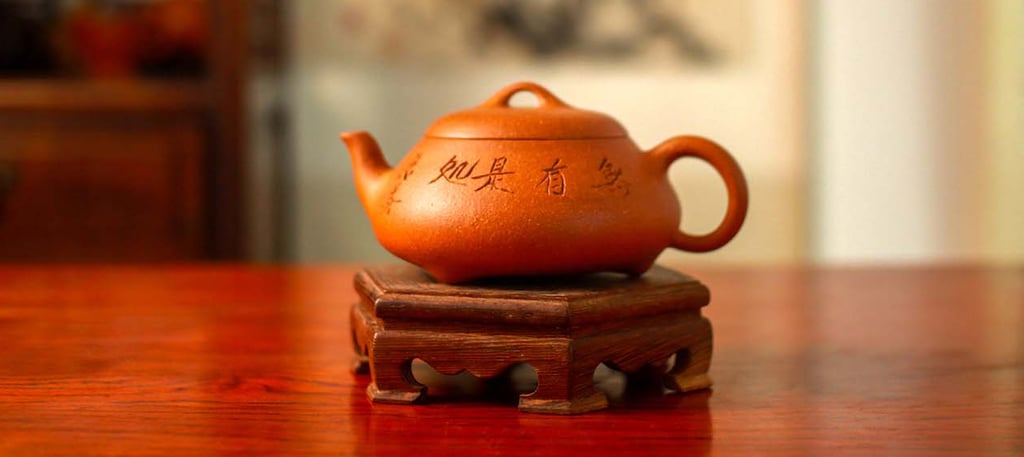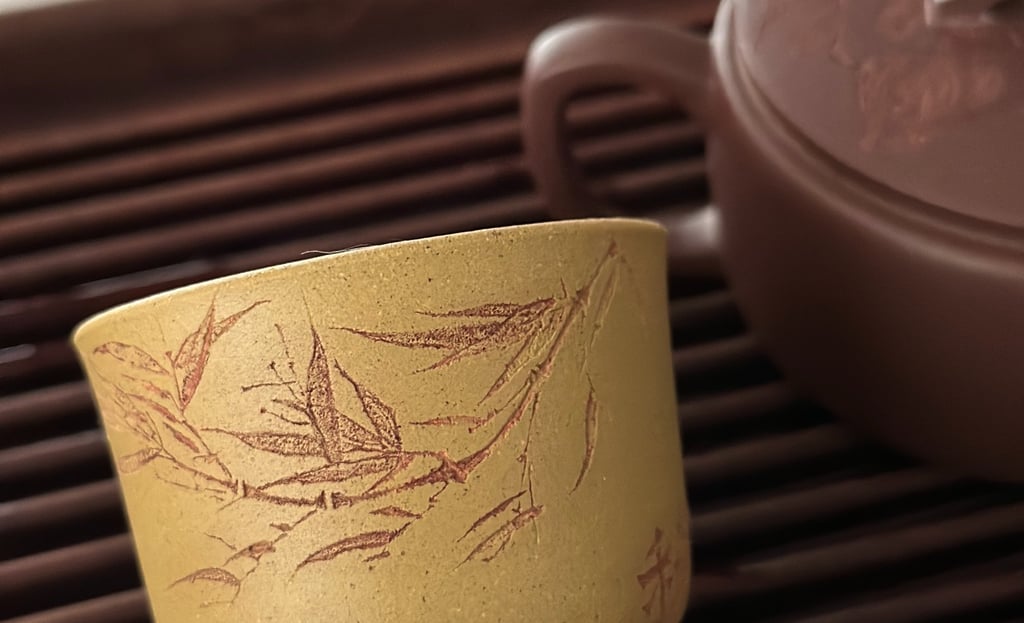An Analysis of the Cultural Significance of Yixing Clay Carving Art
Yixing clay carving blends art, culture, and history. This article explores its origins, themes, and significance, highlighting its enduring value in Chinese ceramic tradition.
YIXING TEAPOTS
Let’s be real—most people see a Yixing teapot and think, “Nice teapot, looks fancy,” without realising they’re holding centuries of culture, craftsmanship, and storytelling in their hands. Yixing clay carving art isn’t just about aesthetics—it’s a deep reflection of Chinese heritage, philosophy, and artistry. In this article, I’ll break down its origins, themes, and historical significance in a way that actually makes sense.
A Study of the Cultural Essence in Yixing Clay Carving Art
When we talk about Yixing clay carving, we’re talking about more than just intricate designs on teapots. We’re talking about art that blends poetry, calligraphy, painting, and sculpture into one timeless object. But where did it all start, and why does it matter today? Let’s dig in.
The Origin of Ceramic Carving
Carving on ceramics isn’t new—it’s ancient. We’re talking about a practice that goes back over 4,000 years in China. Archaeologists unearthed a pottery piece with engraved characters in Dinggong Village, Shandong Province, dating back 4,200 years.
This wasn’t just some random scribble; it marked one of the earliest records of Chinese calligraphy and set the foundation for ceramic carving as an art form.
Fast forward a few thousand years, and Yixing clay carving emerged as one of the most refined expressions of this tradition.
Themes in Yixing Clay Carving Art
If you’ve ever seen a Yixing teapot, you’ll know they aren’t just for brewing tea—they’re mini canvases for some serious artistic expression.
Poetry: Scholars often engraved poems onto these pots, turning them into philosophical musings you could literally hold in your hand.
Painting: Artists treated teapots as clay canvases, carving delicate landscapes, flowers, and birds.
Calligraphy: Every stroke of an inscription tells a story, blending style and substance into one cohesive masterpiece.
But here’s the thing—it’s not just about decoration. Each carving tells a story, expresses emotion, and adds layers of meaning to an otherwise simple object. This is what makes a Yixing Zisha teapot more than just a tea set—it’s art you can use.


Historical Development of Yixing Clay Carving
The golden era for Yixing clay carving was during the Ming and Qing dynasties. Some big names—like Shi Dabin and Chen Mansheng—left their mark, quite literally.
Shi Dabin: Pushed the craftsmanship of teapots to new levels, creating iconic works that are still admired today.
Chen Mansheng: Known for his poetic inscriptions, he blurred the lines between art and functionality.
These aren’t just historical figures—they’re cultural giants whose influence still echoes in modern Yixing teapots.
This isn’t mass production. These are one-of-a-kind pieces, created with care, precision, and a deep respect for tradition.
Why Does It Matter Today?
In a world of fast fashion, disposable goods, and instant gratification, Yixing clay carving art reminds us of patience, tradition, and craftsmanship.
These teapots aren’t just relics—they’re still made today, still celebrated, and still collected. Owning one isn’t just about brewing tea; it’s about connecting to something much larger than yourself.
Conclusion
Yixing clay carving art isn’t just about teapots—it’s about preserving a legacy. From its ancient origins to the refined artistry of the Ming and Qing dynasties, it’s clear that this craft holds a cultural weight few other art forms can match.
Whether you’re an art lover, a tea enthusiast, or someone who just appreciates timeless craftsmanship, Yixing teapots are more than worth your attention.
If you want to explore more about these high-end tea sets, feel free to visit our official website and dive deeper into this rich cultural heritage.
FAQs About Yixing Clay Carving Art
1. What makes Yixing clay carving art unique?
It combines poetry, painting, and calligraphy into functional ceramic art, reflecting both aesthetic beauty and intellectual depth.
2. Are Yixing teapots still made today?
Yes! Skilled artisans continue to craft these teapots using traditional techniques passed down through generations.
3. Why are Yixing teapots considered collectible?
Their unique craftsmanship, historical significance, and artistic value make them highly sought-after by collectors worldwide.
4. How should I care for a Yixing teapot?
Rinse with warm water, avoid soap, and dedicate each teapot to one type of tea to preserve its flavour memory.
5. Where can I buy an authentic Yixing teapot?
Trusted official websites and verified dealers are your best bet for authentic pieces.
And there you have it—a no-nonsense dive into the world of Yixing clay carving art.


